Cosmos Flower Companion Plants That Will Make Your Garden Pop
Cosmos flowers are a popular choice for gardeners because they are easy to grow, produce abundant blooms, and attract pollinators. But did you know that cosmos can also benefit from companion planting? Companion planting is the practice of planting different types of plants together in order to create a more beneficial and productive garden. When choosing companion plants for cosmos, there are a few things to keep in mind.
First, consider the sun exposure needs of the plants you are considering. Cosmos need full sun, so you will want to choose companion plants that also thrive in full sun. Second, think about the height of the plants. Cosmos can grow up to 6 feet tall, so you will want to choose companion plants that are either the same height or shorter. Third, consider the bloom time of the plants. Cosmos bloom from midsummer to fall, so you will want to choose companion plants that bloom at the same time or later in the season.
Here are some of the best companion plants for cosmos:
- Marigolds: Marigolds are another easy-to-grow annual that attracts pollinators. They also help to repel pests, such as nematodes and tomato hornworms.
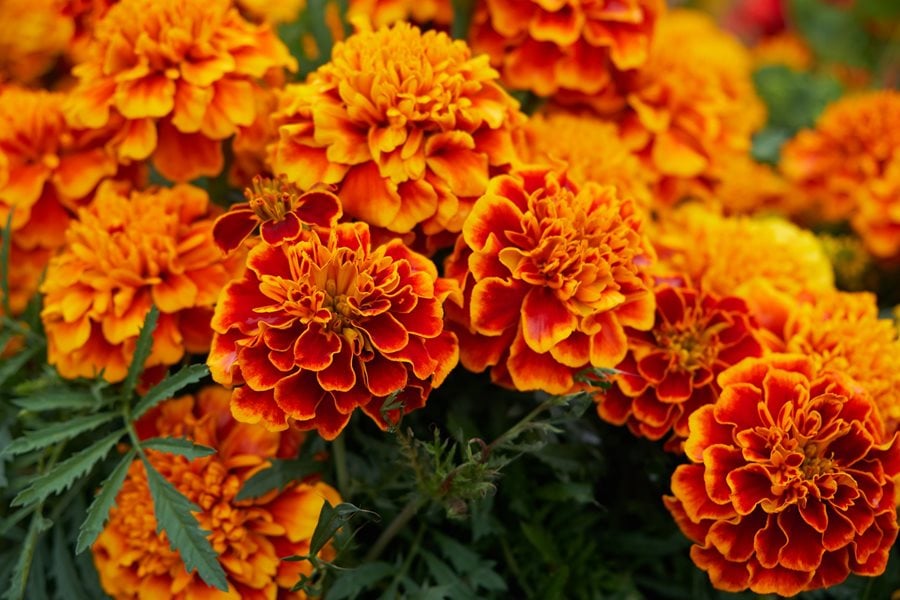
- Zinnias: Zinnias are another popular annual that blooms in a wide range of colors. They are also relatively pest- and disease-resistant.
- Dahlias: Dahlias are a type of tuberous plant that produces large, colorful flowers. They require more care than cosmos and zinnias, but they can be a beautiful addition to any garden.
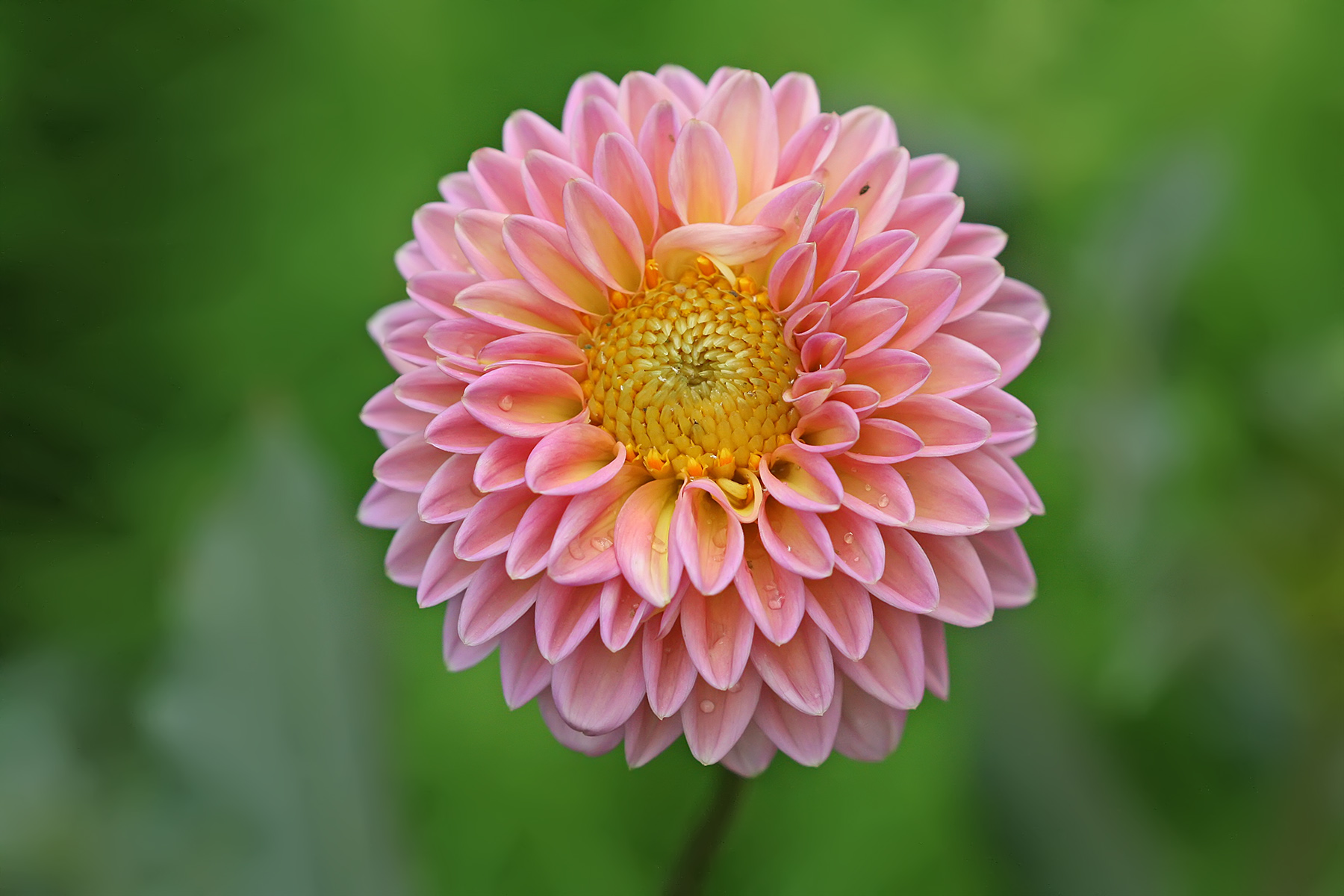
- Sunflowers: Sunflowers are a tall, upright plant that produces large, sunny flowers. They can provide a bit of structure to a garden and attract pollinators.
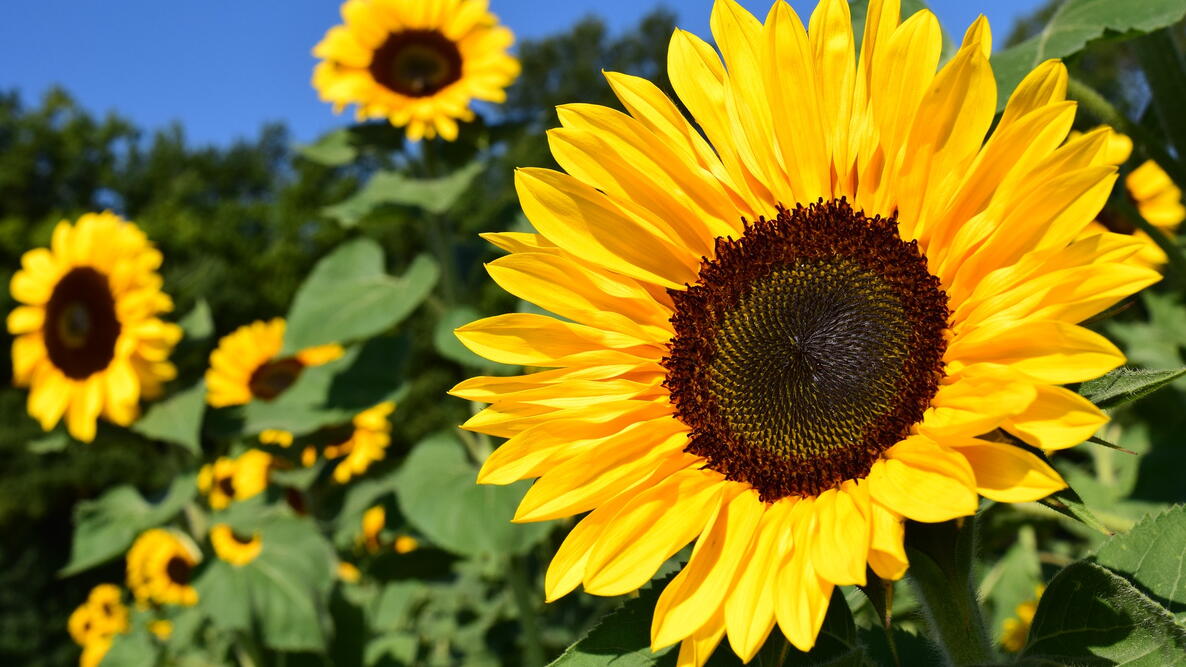
- Lavender: Lavender is a fragrant herb that can repel pests and attract pollinators. It is also drought-tolerant and can thrive in poor soil.

- Yarrow: Yarrow is a hardy perennial that blooms in late summer and fall. It is a good choice for companion planting because it repels pests and attracts pollinators.

- Bee balm: Bee balm is a tall, nectar-rich herb that attracts pollinators. It also has fragrant foliage that can be used in teas and salads.
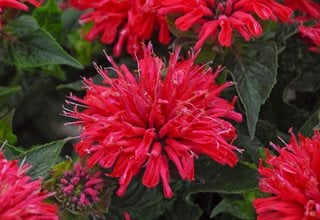
- Black-eyed Susans: Black-eyed Susans are a daisy-like wildflower that blooms in late summer and fall. They are a good choice for pollinator gardens and can tolerate poor soil.
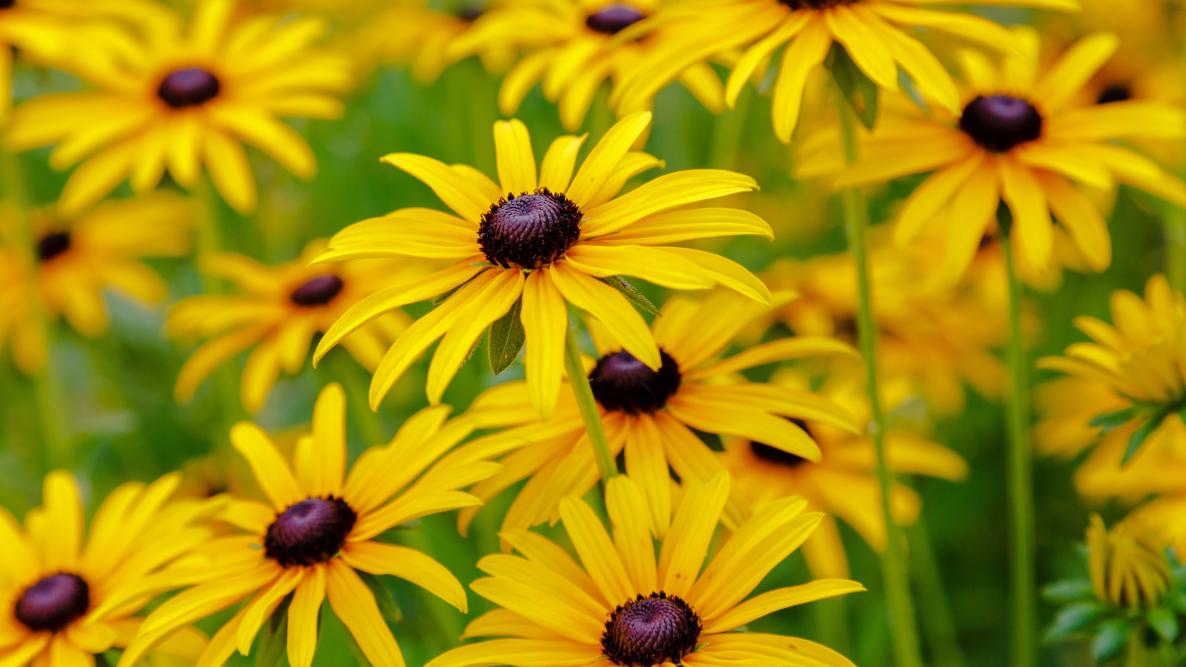
These are just a few of the many companion plants that can be grown with cosmos. When choosing companion plants, it is important to experiment and see what works best in your garden. With a little planning, you can create a beautiful and productive garden that is full of cosmos and their companion plants.
Image of cosmos flower companion plant
- Cosmos and zinnias. These two annuals have similar flower shapes and bloom times, so they make a great combination. They can be planted in a variety of colors to create a colorful display.
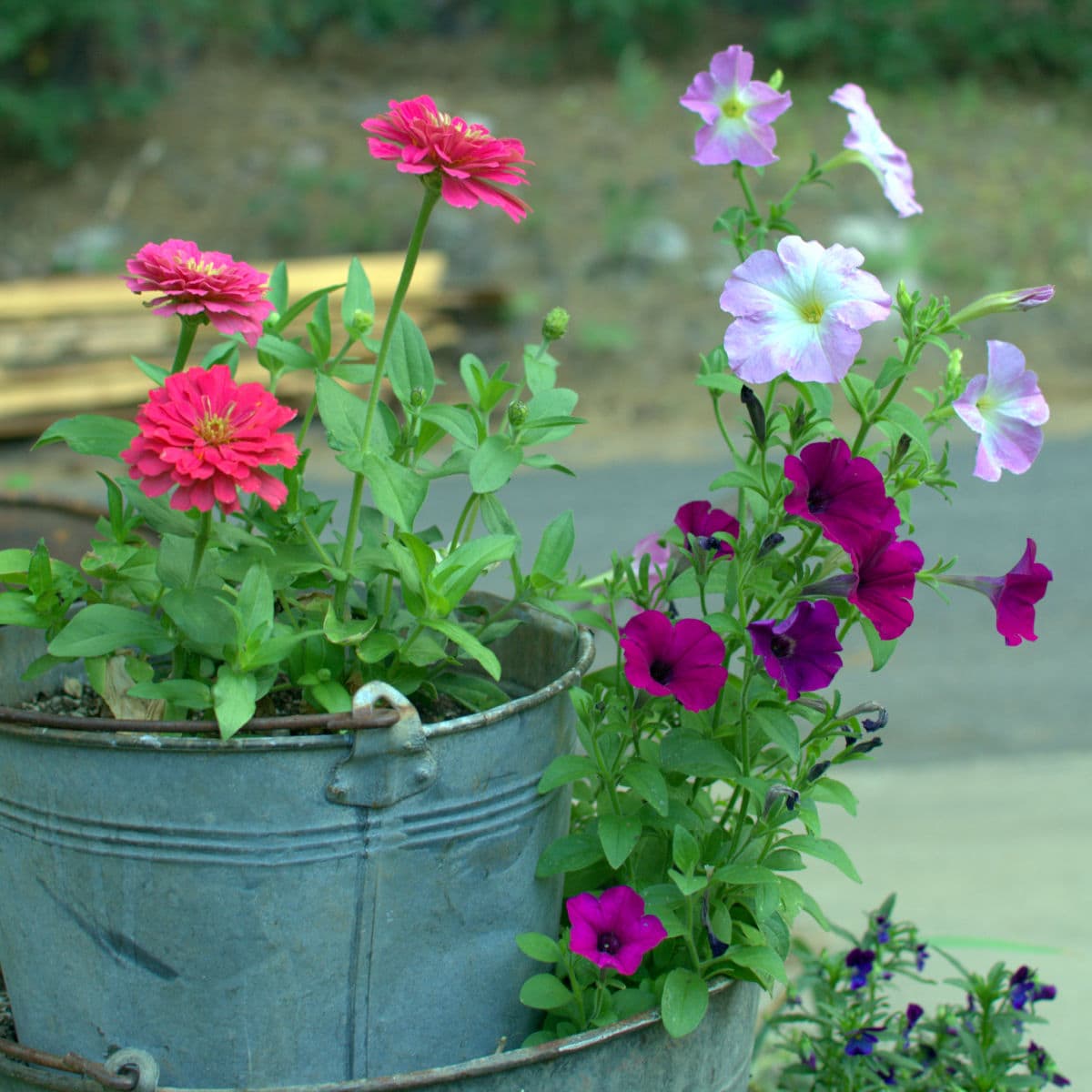
- Cosmos and marigolds. Another great combination of annuals, cosmos and marigolds have different flower shapes and colors, which can add visual interest to a garden. They also both attract pollinators, so they are beneficial to wildlife.
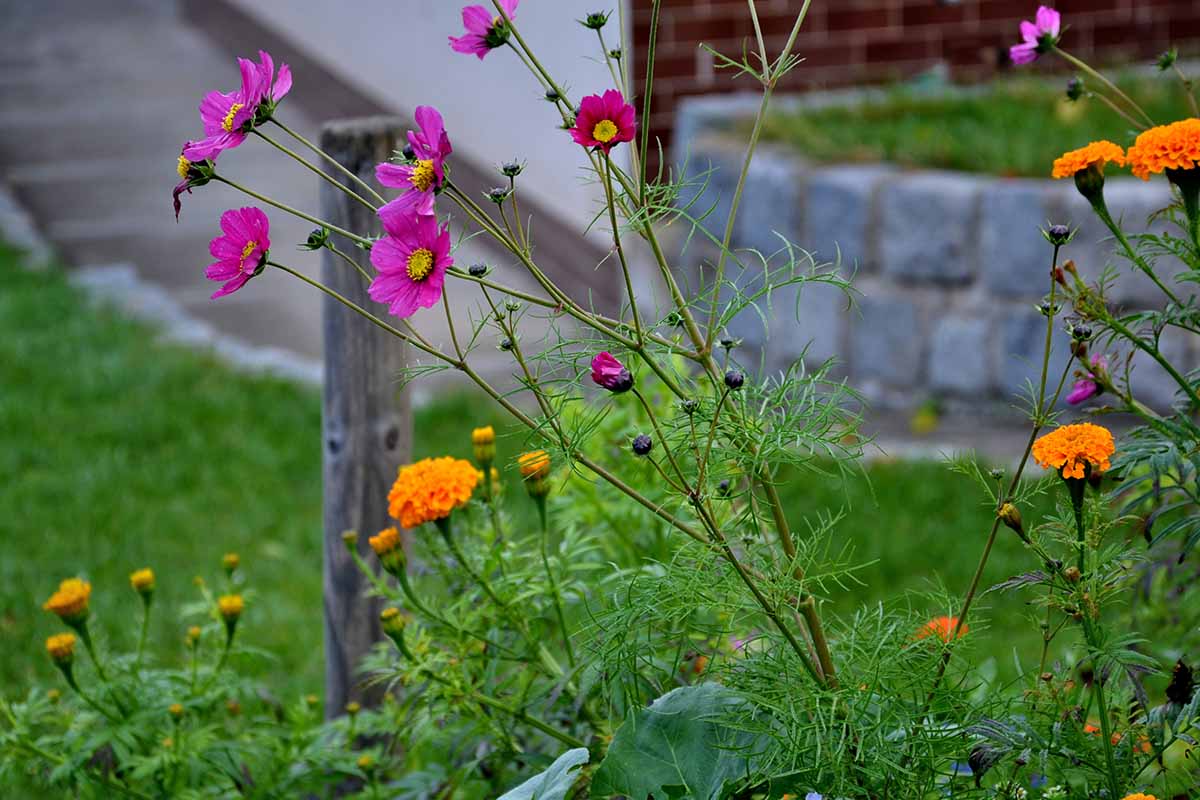
- Cosmos and dahlias. These two perennials can be planted together in a garden bed or container. They both have tall, upright stems and colorful flowers, so they will complement each other well.
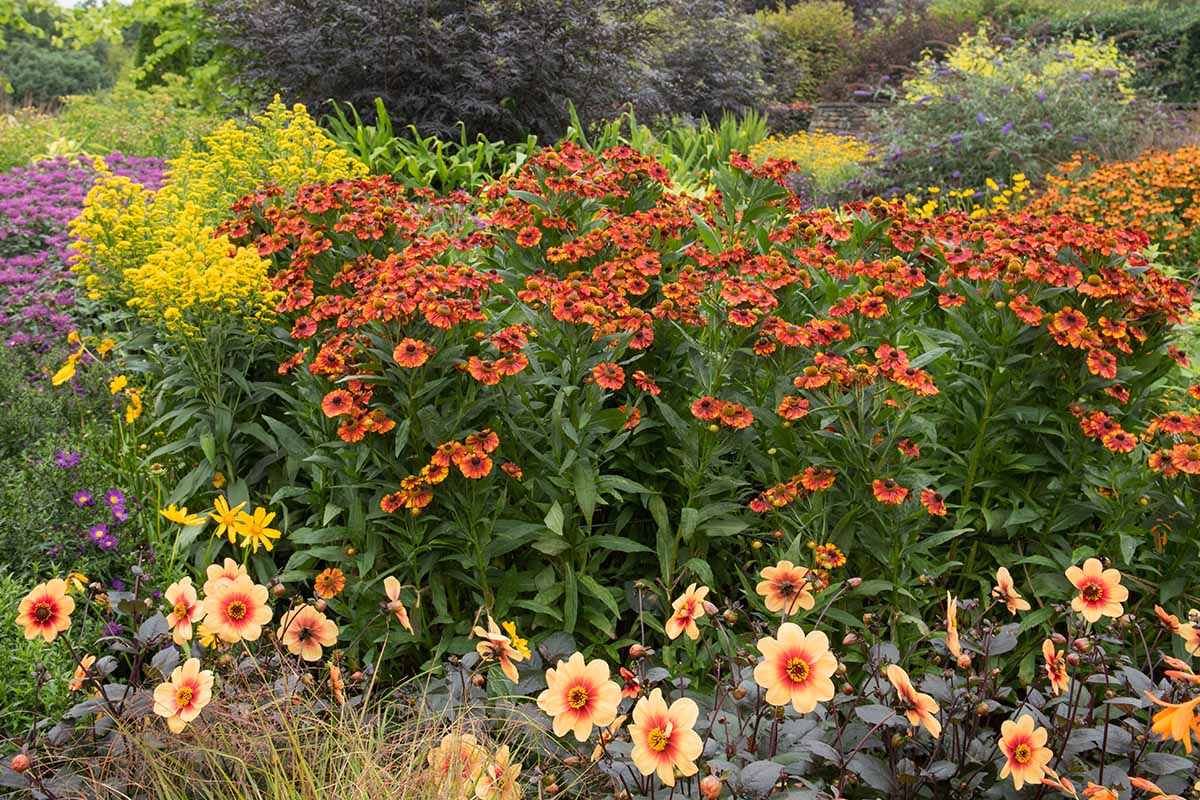
- Cosmos and sunflowers. These two tall, sunny flowers can be planted together to create a bold and colorful display. They both attract pollinators, so they are beneficial to wildlife.
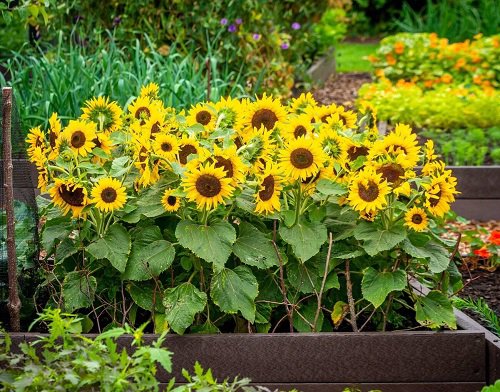
- Cosmos and ornamental grasses. Ornamental grasses add height and texture to a garden, and they can also help to fill in spaces between cosmos plants. Some good options for ornamental grasses to plant with cosmos include switchgrass, pampas grass, and blue oat grass.

Post a Comment for " Cosmos Flower Companion Plants That Will Make Your Garden Pop"